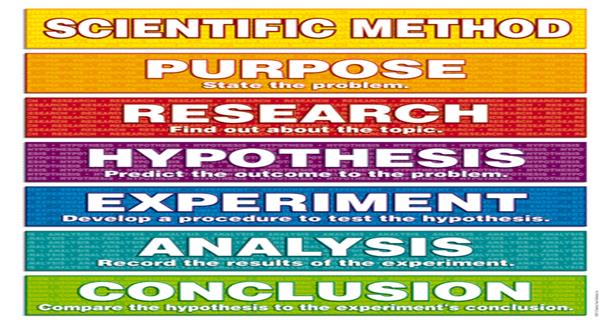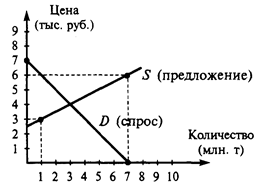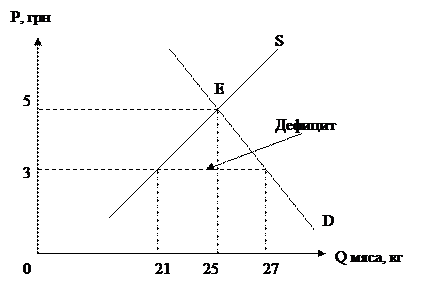Переведите текст на русский язык письменно.
An expert is someone knowing more and more about less and less, eventually knowing everything about nothing. Attributed to Sir Bernard Spillsbury, MD
Neither natural scientists nor forensic scientists start from theories or laws when facing the need to explain some puzzling phenomenon. They start from data. And not from commonplace data, but from the surprising anomalies raising the puzzles requiring explanation. Unusual observations suggest explanatory connections to pursue and test. Such connections define evidence,and distinguish data that are evidence from data that remains merely coincidental. In that effort, the natural scientist and the forensic scientist share a fundamental approach belying any simplistic distinction between real science and forensicscience. Usually scientific or other experts offered by attorneys to the court as potential expert witnesses give opinions only within their areas of expertise. Sometimes, lawyers hire an expert simply because the other side hired one first. But, usually, lawyers engage experts when the facts of a case remain unclear, when analytical procedures in some field might help clarify those facts, or when specialized training can help educate the jury in turn to help the jurors make better informed decisions. The goal remains to apply some reliable method to those facts to help the court render its decisions. For forensic scientists, it's all about reliable scientific methods.
Прочитайте текст. Составьте план текста и озаглавьте его. TEXT (Title)_________________________________________________ 1._________________________________________________________________________ 2. ________________________________________________________________________ 3._________________________________________________________________________ 4._________________________________________________________________________
Attempting to characterize reliable scientific methods, as if describing some lifeless nonexistent abstraction, remains doomed to failure. There simply is no such generalized abstraction available to describe. At most, we can point toward a simple list detailing some of the many features reliable methods implement, enabling the productive scientific investigation of facts before the court. Reliable methods:
ü Help to distinguish evidence from coincidence without ambiguity. ü Allow alternative results to be ranked by some principle basic to the sciences applied. ü Allow for certainty considerations wherever appropriate through this ranking of relevant available alternatives. ü Disallow hypotheses more extraordinary than the facts themselves. ü Pursue general impressions to the level of specific details. ü Pursue testing by breaking hypotheses (alternative explanations) into their smallest logical components, risking one part at a time. ü Allow tests either to prove or to disprove alternative explanations (hypotheses).
In the forensic sciences, we reason from a set of given results (a crime scene, for example) to their probable explanations (hopefully, a link to the perpetrator). The aims of forensic science rest with developing justified explanations. But obviously not all forensic explanations are alike. Some involve entirely appropriate statistical assessments and degrees of error suitably dependent on accurate mathematical models and accurate population studies. However, not all forensic scientific explanations involve such statistical issues. Instead, individual, nonrepeatable events with no statistical characteristics may demand scientific explanation. All reliably constructed scientific explanations are best viewed by their creators as works in progress. We could always learn additional facts that may alter our views. Sometimes, however, no additional information would be relevant. In either case, our opinions must be held with what American philosopher and scientist Charles Sanders Peirce called contrite fallibilism. By this is meant an awareness of how much we do not know, and the humility to acknowledge the possibility of making mistakes. He describes this intellectual stance to a friend in personal correspondence. This basic intellectual stance remains necessary both for essential humility and for the very possibility of scientific advance. Forensic scientists must develop an intellect not too sure of what must remain uncertain, not too uncertain about what must remain sure. In the spirit of intellectual honesty and judicial prudence, the best advice for the forensic scientist to carry from the scene to the lab and into court throughout a long career comes from a 20th century Viennese philosopher, Ludwig Wittgenstein: "Whereof one can not speak," he said, "thereof one must remain silent."; Ethics relating to the scientific method:
A. The forensic scientist has a truly scientific spirit and should be inquiring, progressive, logical and unbiased. B. The true scientist will make adequate examination of all materials, applying those tests essential to proof. They will not, merely for the sake of bolstering their conclusions, utilize unwarranted and superfluous tests in an attempt to give apparent greater weight to the results. C. The modern scientific mind is an open one, incompatible with secrecy of method. Scientific analyses will not be conducted by “secret process”, nor will conclusions in case work be based upon such tests and experiments as will not be revealed to the profession. D. A proper scientific method demands reliability of validity in the materials analyzed. Conclusions will not be drawn from materials which themselves appear unrepresentative, atypical or unreliable. E. A truly scientific method requires that no generally discredited or unreliable procedure be utilized in the analysis. F. The progressive worker will keep abreast of new developments in scientific methods and in all cases view them with an open mind. This is not to say that they need not be critical of untried or unproven methods, but they will recognize superior methods when they are introduced. Ответьте на вопросы.
1. What is the text about? 2. What reliable scientific methods are mentioned in the text? 3. Are they described in detail? 4. What have you learnt about forensic explanations? 5. How are the constructed scientific explanations viewed? 6. What does contrite fallibilism mean? 7. What advice for the forensic scientist is given by the author? 8. What ethical considerations should be taken to applying different scientific methods for forensic examination?
16. Сравните информацию из приведенной ниже схемы с информацией, содержащейся в тексте. Может ли данная схема служить планом данного текста? Если Ваш ответ отрицательный, то скажите, какие сведения необходимо добавить.
|





